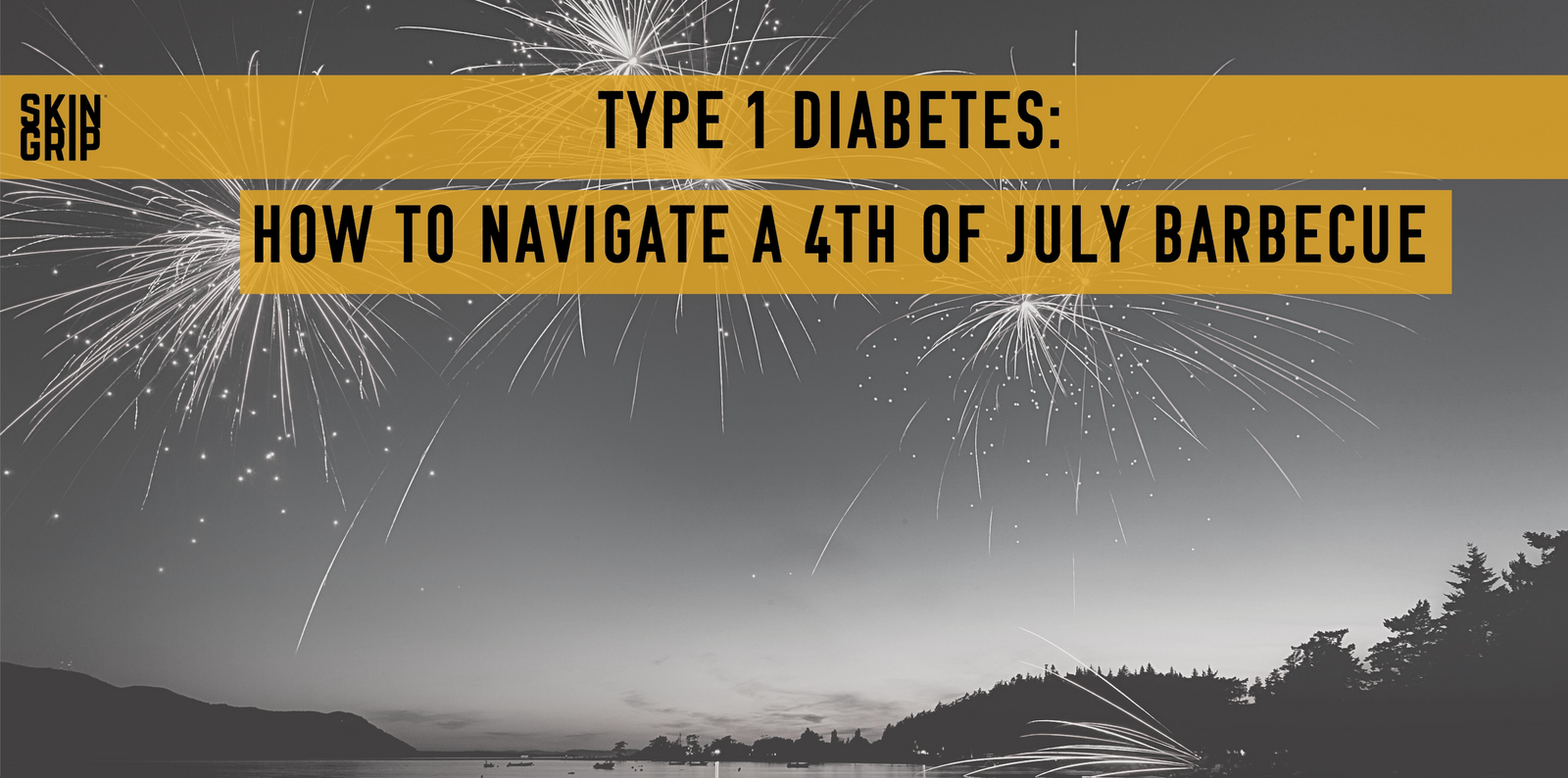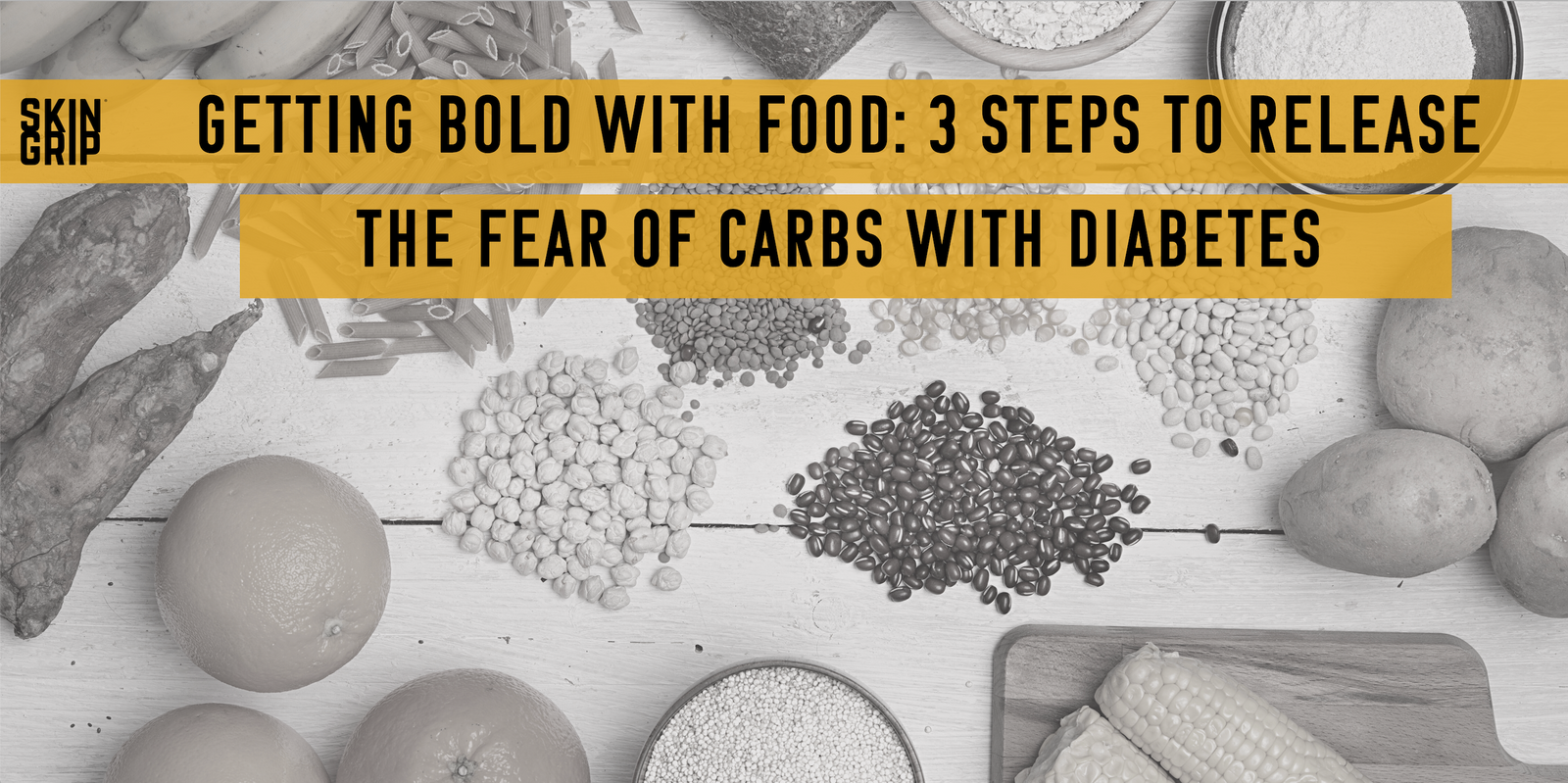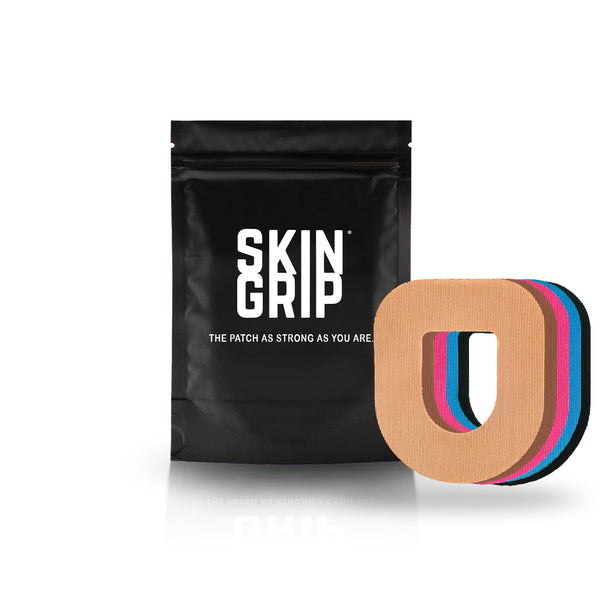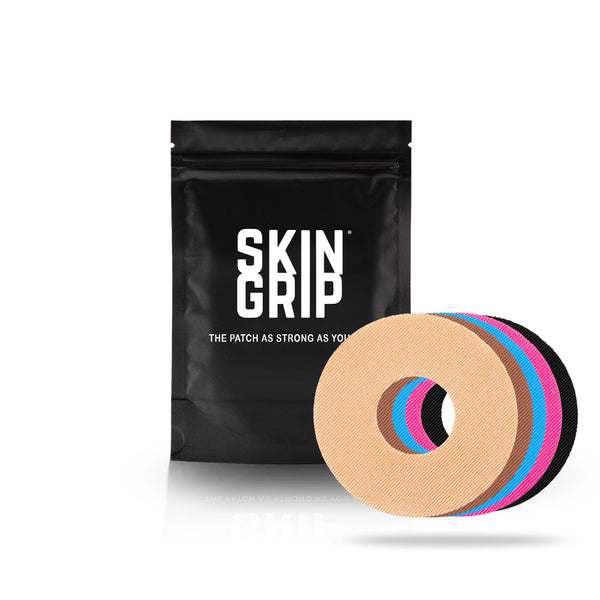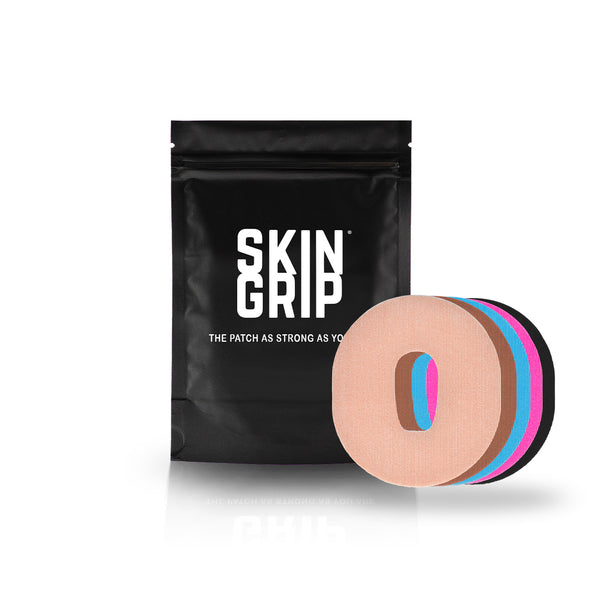
Intuitive eating is a revolutionary approach to food that encourages you to abandon food rules and listen to your body’s needs. Unlike traditional diets that restrict or ban certain foods, intuitive eating requires you to stop looking at foods as “good” or “bad.” Instead, you listen to your body and eat what feels right for you. When living with type 1 diabetes, intuitive eating might sound near impossible. You might be thinking that it means that you just eat whatever you want, anytime you want without any regard to your blood sugar management. But, that isn’t the case. Intuitive eating allows you to let go of the idea that you need to follow a strict diet or protocol and helps you focus on foods that work best for you, your diabetes management, and overall health. If you are wondering about how to get started with intuitive eating with diabetes, here’s what you need to know:

Benefits of Intuitive Eating with Type 1 Diabetes Diabetes
Chronic dieting can often end up complicating your relationship with food more often than it helps you reach a desired weight. Research suggests that for the vast majority of people who lose weight on restrictive eating plans, especially ones that aren’t sustainable, end up gaining it back. Intuitive eating has been shown to have both physical and emotional health benefits that include: better body image, higher self-esteem, and lower rates of emotional and disordered eating.
Remember to Eat for Overall Health, Not Just Diabetes
Eating a variety of nutrient-dense foods is important whether or not you are a person living with type 1 diabetes. However when living with type 1 diabetes, it can be incredibly difficult to hyper-focus on the amount of carbohydrates that you are eating and how they impact your blood sugar that you might be overlooking your overall health. Carbohydrates are the body's preferred source of energy. Protein and fat are still necessary for both nutrition, body functions, and satisfaction. Eating a balanced diet made up of all three of these nutrients can help prevent erratic blood sugar swings. “There are a lot of diabetes diet books out there that are cutting out food groups that have a number of health benefits,” says Amanda Ciprich, MS, RD the dietitian behind T1D Nutritionist. “A lot of people just don’t know any better. Because when you’re diagnosed, it is information overload and you just want someone to tell you exactly what to do. You often don’t realize how damaging some of the information can be, especially over time.”
Get Rid of The Black and White Mentality with Food
Thinking in black and white terms when it comes to food can explain why people with diabetes often have an “all-or-nothing” approach towards food. This approach labels certain foods or food groups as “all good” or “all bad” with nothing in between. This way of thinking can also cause people with diabetes to see themselves as “good diabetics” or “bad diabetics” depending on their food choices. Certain words can alert you if your thoughts or actions are becoming extreme like: always, never, impossible, ruined, perfect. These words themselves aren’t inherently bad, but they can be a signal that you’ve adopted a black and white mentality. Ciprich explains that, “when you are able to get rid of that emotional and moral tie to your food choices, you are able to take a curious and experimental approach with food.” Getting rid of the black and white mentality with food can help you find a middle ground that is easier to maintain between two extremes.
Taken An Abundance Approach During Mealtimes
When you are diagnosed with type 1 diabetes, you are often told at some point or another that certain foods are off limits. Oftentimes, these foods include carbohydrates like: white bread, white rice, and white pasta. Instead of writing off these foods from your diet forever, taking an abundance approach can allow you to think about what foods you can add into your diet rather than take away. For example, eating white rice by itself will likely raise blood sugars quickly. But, if you were to eat white rice with a lean protein like chicken and a fiber-dense vegetable like broccoli will have a completely different impact on your blood sugar levels because the protein and fiber will slow down the carbohydrate digestion. Ciprich encourages you to ask questions like, “how much would be satisfying? Can I add any additional foods to offset the blood sugar rise and make this meal more nutrient-dense?” Taking an abundance approach during mealtimes can help you have a better relationship with food and your body because you are able to respect your body’s needs and wants without restriction.
If you want to learn more about intuitive eating from a registered dietitian living with type 1 diabetes listen to Episode 4: Filtering Through The Noise with T1D Nutritionist: Intuitive Eating & Shutting Out Diet Culture with Amanda Ciprich, MS, RD. Available now on Keeping It 100 Radio: Uncensored Diabetes Conversations using Apple Podcasts or Spotify.








